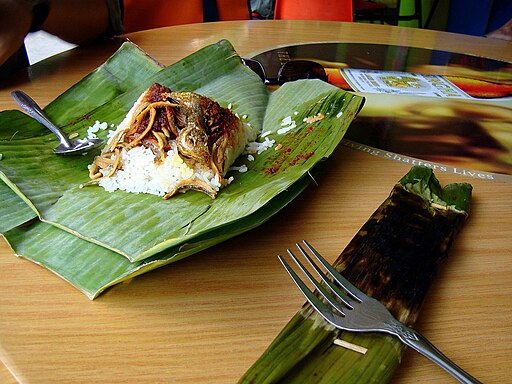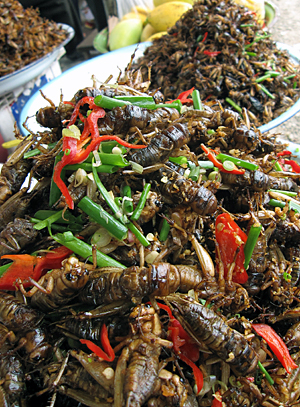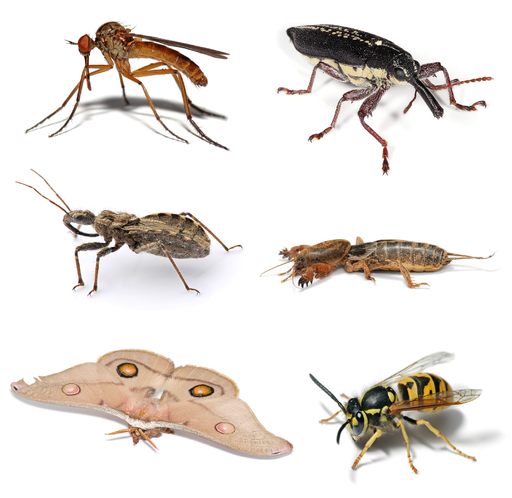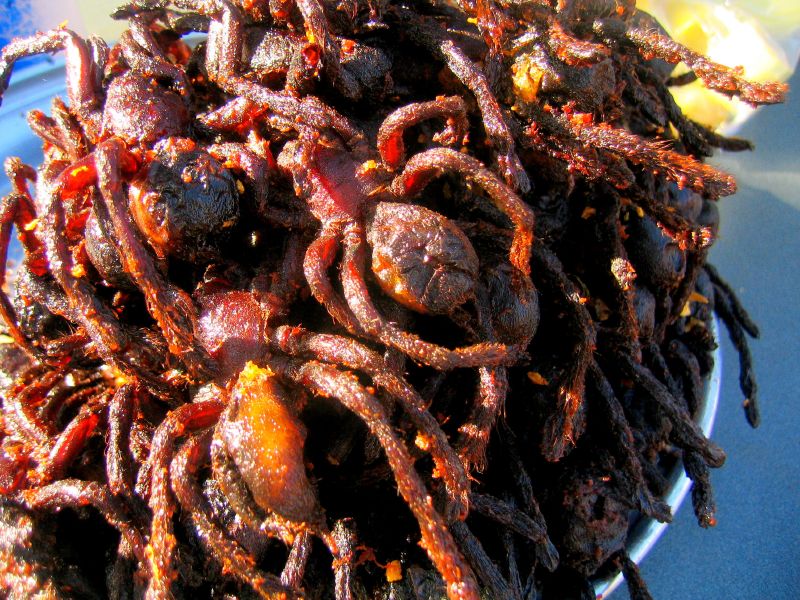Many people love to play with soap bubbles. This is not only pin-pointed to children but literally, age doesn't seem to matter as everyone including adults love to play with bubbles too. Soap is defined as a cleaning agent for personal use and also for general cleaning. It is usually sold in cubics. Now, soap can be found in all sorts of varieties which differs in shape, colour and fragrance. Soap can also be in liquid or solid form. But have you ever thought of making soap?
Soapbar
Generally, soap contains a sodium compound or potassium and fatty acid. Soap can be produced through the reaction of sodium hydroxide and triglycerides at the temperature of 80 degrees Celcius to 100 degrees Celcius in a process known as saponification.
In Petrosains, one of the new activities developed is Homemade Soapbar. Making soap or saponification is one of the chapters in the Form 5 Chemistry syllabus. This activity is very popular and received a sounding good review from teachers and fellow colleagues in the team. The length of time taken for this workshop is a bit lengthy as soap needs to sit at least overnight to take its form.
Our science communicator is preparing the lye solution
The ingredients in the process of making soap are 20g of water, 9g of sodium hydroxide or lye, 10g of cocoa butter and 29g of lemon oil. Lye is a strong alkali which is highly soluble in water producing corrosive solutions. It is commonly the alternative name of sodium hydroxide (NaOH).
Preparing the lye solution
Double boiling technique
Firstly, prepare the lye solution in a well-ventilated area. Cool it off in cold water. Secondly, melt the cocoa butter using the double boil technique. Once all the butter has melted, cool it off by adding lemon oil. Third, measure the temperature for both the lye solution and the oils. When both temperatures are close within +5 degrees Celcius, add the lye solution to the oils. Fourth step is to whip the solution until the color turns milky. Then heat it up using the double boil technique. Continue to whip every 5 minutes for 20 minutes. Lastly, pour the solution into the mold and leave it overnight.
Saponification: fatty acid + (sodium hydroxide + water) = salt (soap) + glycerin
Students measuring the temperature for lye solution
Everytime we conduct the homemade soapbar activity with schools, participants were very happy with their soapbars and the teachers were impressed. They said that the workshop was exciting and challenging for their students.
This is not magic. It's Science! Now, anyone can make their own soapbar.
 Shared by Zuridah Rais, Science Communicator at Petrosains.
Shared by Zuridah Rais, Science Communicator at Petrosains.












































